In recent years, light therapy has moved from the fringes of wellness into the spotlight of serious conversation, especially around its impact on mental health.
From high-performance athletes to biohackers and everyday users, people are turning to light therapy as a non-invasive, drug-free option to help manage everything from muscle pain to mood swings.
With special attention on red light therapy (RLT) for its skin benefits, many question if it is also applicable in the mental health space.
While the clinical research is still developing, the biological mechanisms behind RLT show potential for supporting emotional well-being.
How Does Red Light Therapy Work on the Brain?
Photo Source -> National Library of Medicine
Typically used for skin concerns, research is still developing on its effect on depression. But the mechanism that makes it effective for skincare also makes it promising in the mental health field.
And it all starts at the cellular level.
Red light, typically in the 635-660nm wavelength range, penetrates the skin and interacts directly with the mitochondria, the "powerhouses" of the body’s cells. When stimulated by this specific light, mitochondria ramp up production of adenosine triphosphate (ATP), the molecule responsible for cellular energy.
This increased cellular energy isn’t just a physical upgrade, it extends to the brain.
Enhanced ATP production supports improved neural activity, neurotransmitter regulation, and overall brain function. For individuals struggling with depression, this can translate into improved mood stability, cognitive clarity, and emotional resilience.
But ATP production is only part of the story.
Red light therapy also helps modulate inflammation, which is increasingly recognized as a major contributor to depression.
Chronic inflammation, whether from poor diet, stress, gut imbalance, or injury, can impair brain function and fuel depressive symptoms. RLT may help counteract this by reducing oxidative stress and calming inflammatory markers in both the brain and the body.
That said, red light therapy is not yet a gold-standard treatment for depression.
Compared to bright light therapy, used for Seasonal Affective Disorder (SAD), the research on RLT is far more limited. SAD lamps, which emit 10,000 lux of white or blue light, are supported by extensive data and are a first-line therapy for winter-related depression.
RLT, on the other hand, is still considered experimental in this space.
The potential is real, but more large-scale, placebo-controlled studies are needed before it becomes mainstream for mood disorders.
Since it’s still considered experimental in the mental health space, it’s ideal for those looking for skin improvements who also deal with the winter blues (but SAD).
Red vs. Blue vs. Green Light Therapy for Mood and Skin Health
When it comes to mood support, and even skin health, not all light is created equal. Different wavelengths interact with the body in different ways, and choosing the right one depends on what you're trying to improve.
Red light penetrates deeply into the skin and tissues, stimulating the mitochondria to produce more energy (ATP). This boost in energy is the suspected reason that many users report an improvement in mood regulation, cognitive function, and stress recovery.
On the surface, red light also promotes collagen production, helping to reduce fine lines, improve skin firmness, and soothe inflammation, making it a favorite for those wanting both emotional and visible rejuvenation.
Blue light has stronger clinical backing when it comes to mental health, particularly for Seasonal Affective Disorder (SAD). By influencing circadian rhythms and regulating melatonin production, it improves energy levels, alertness, and sleep-wake cycles during the darker months.
On the skin, blue light shines for its ability to combat acne by targeting and killing acne-causing bacteria, reducing breakouts and promoting clearer, healthier skin.
Green light is a newer but exciting wavelength in the wellness world. Early studies suggest green light can help calm the nervous system, reduce migraine severity, and promote emotional balance.
Skin-wise, green light is being explored for its ability to even out pigmentation and brighten the complexion, offering a gentler path to both mental and aesthetic benefits.
Critical Considerations Before You Start Light Therapy
Before starting red light therapy, consider what may be contributing to your depression. The cause can influence which type of light therapy will be most effective.
Ask Yourself: What’s Driving My Low Mood?
-
Winter blues or seasonal sadness? You may be dealing with circadian rhythm disruption.
-
Chronic inflammation or autoimmune issues? Inflammation can affect brain health and mood.
-
Persistent physical pain or injury? Pain-related stress can directly fuel depressive symptoms.
-
Skin concerns that affect confidence or comfort? Confidence and self-esteem are closely tied to mental wellness.
Choose Your Light Based on Your Root Cause:
-
Seasonal low mood: Try a Blue Light Panel to regulate sleep cycles and boost energy.
-
Inflammation: Go with a Red Light Panel for its cellular repair and anti-inflammatory benefits.
-
Pain contributing to depression: Target specific areas with near-infrared light therapy.
Matching the right tool to your unique situation can make a major difference. Light therapy works best when it supports the system that needs it most.
What Should You Look for in a Light Therapy Device?
While it’s tempting to opt for the most affordable option, not all light therapy devices are built to deliver real, therapeutic results.
Here's what truly matters:
-
Wavelength specificity:
-
525nm green for mood balance and pigmentation concerns
-
635-660nm red for cellular energy and to target inflammation
-
470nm blue for acne and circadian rhythm support
-
830nm-940nm for deep tissue recovery.
-
LED spacing: Poorly spaced LEDs can lead to uneven treatment (a problem often called “leopard spots”). Clinical-grade spacing ensures full, uniform light coverage, critical for consistent mood and skin benefits.
-
Build quality and safety certifications: Devices should be FDA-cleared or meet medical-grade standards, especially when used regularly and near the face.
For long-term use, precision matters. Devices like Lumara’s are engineered with the performance specs, spacing, and quality control needed to create real physiological change, not just placebo glow.
Ready to Experience the Power of Light?
Choosing the right therapy starts with understanding your needs, and Lumara makes it easy to take that next step with clinical-grade precision.
If you're ready to boost mood, support skin health, or relieve physical discomfort, explore our best-in-class light therapy options:
-
For mood, energy, and skin vitality: Shop the Illuminate Red Panel
-
For seasonal blues and skin clarity: Discover the Illuminate Blue Panel
-
For a refreshing balance of calming and skin-rejuvenating benefits: Try the Illuminate Green Panel
-
For targeted pain relief to support whole-body wellness: Explore Lumara’s Pads
Your brighter days start with better light. Choose your path to healing today with Lumara.
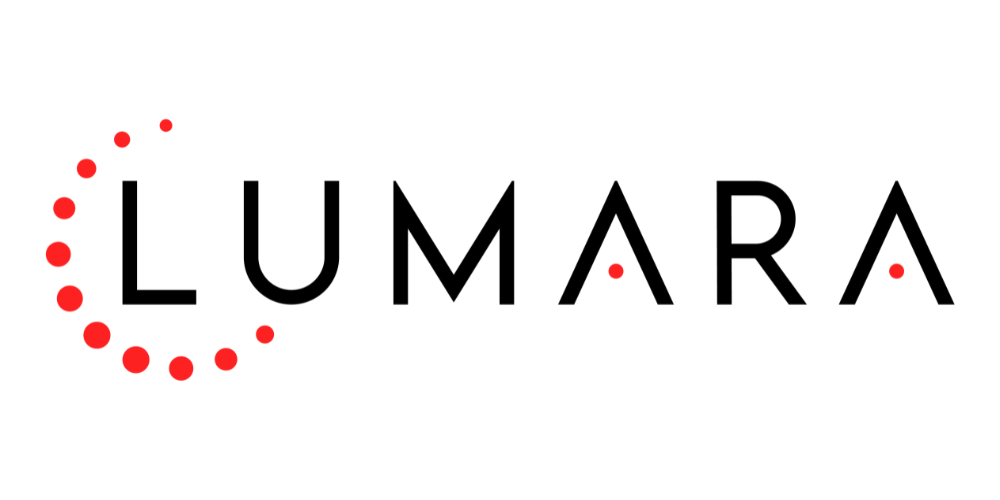
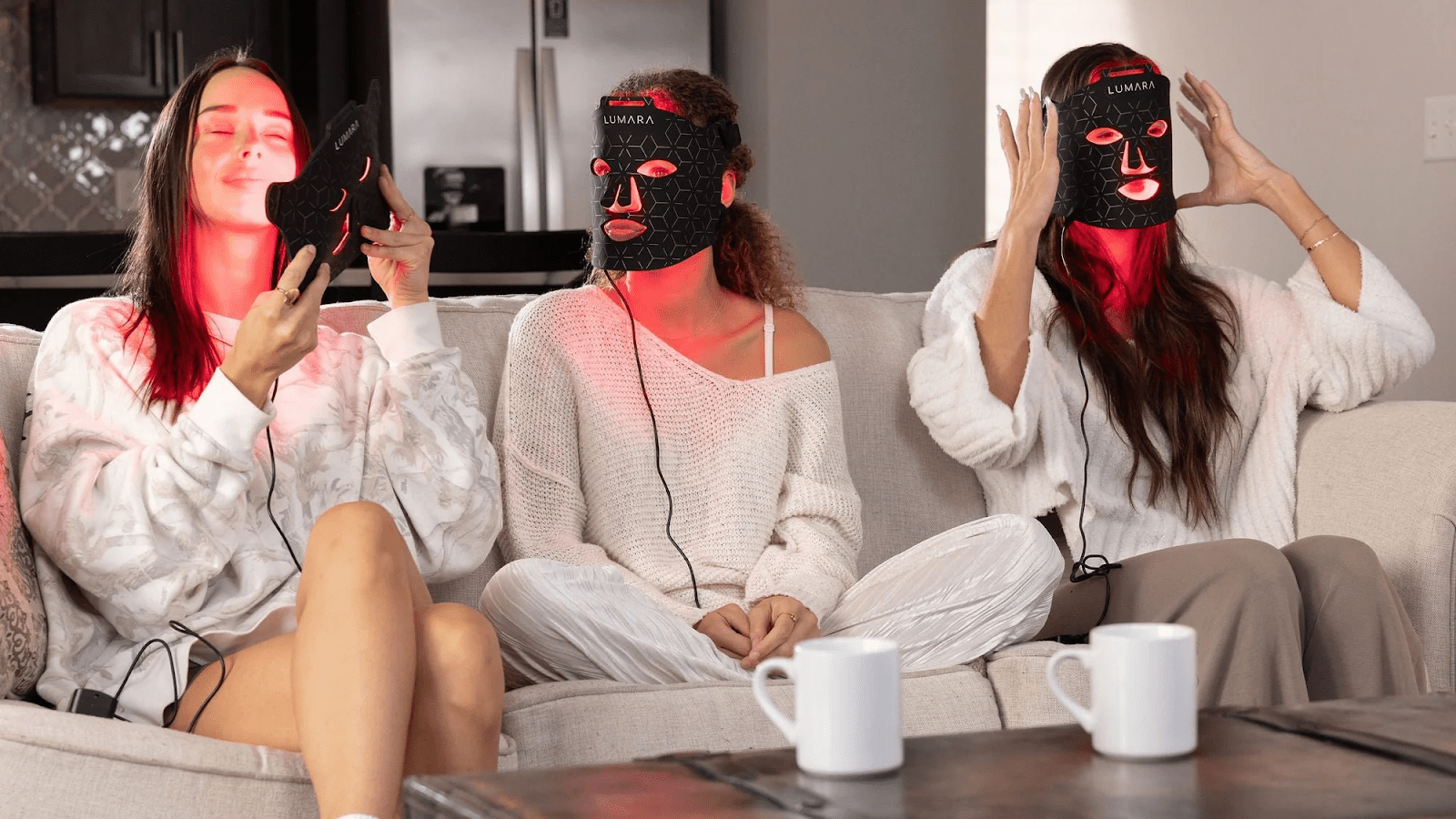
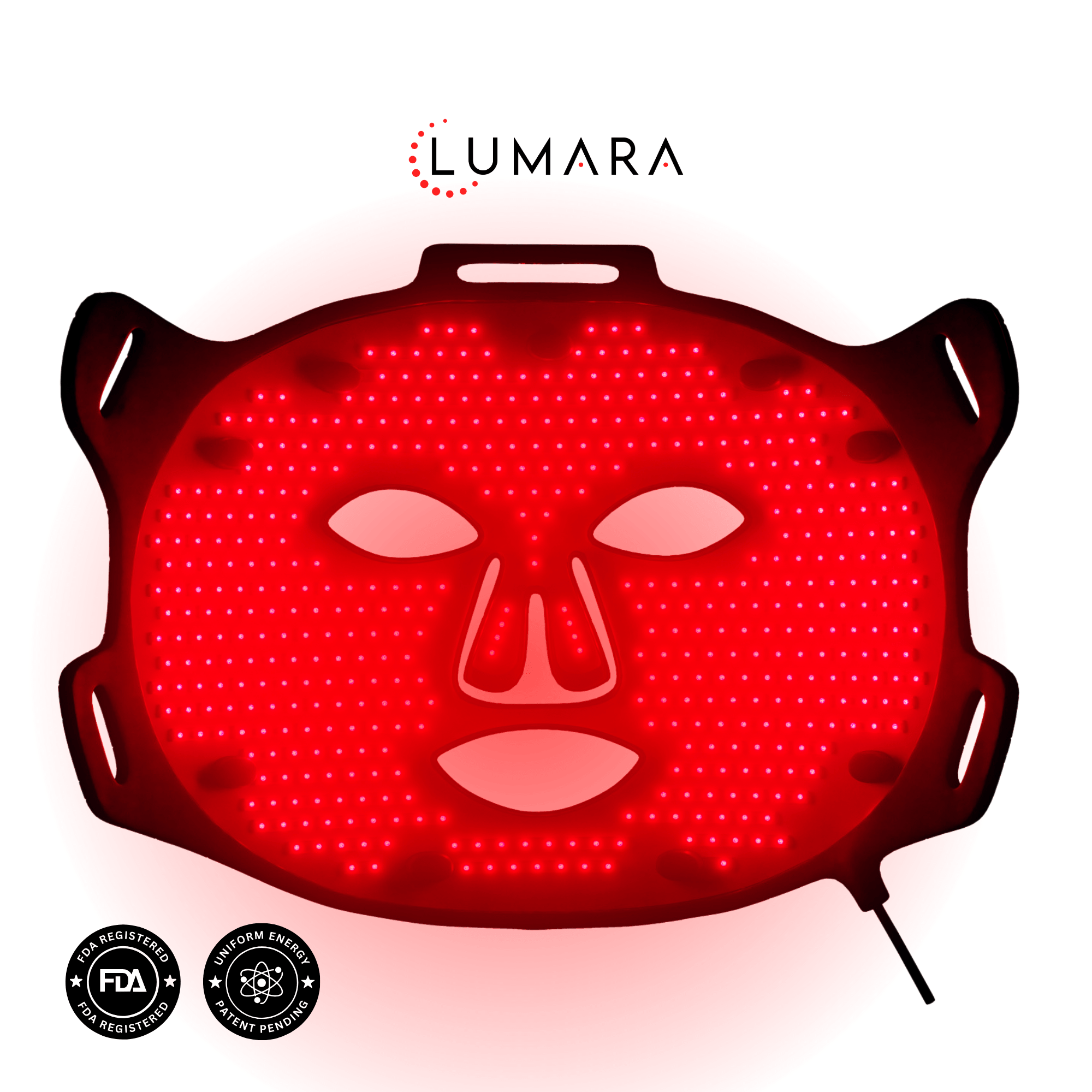

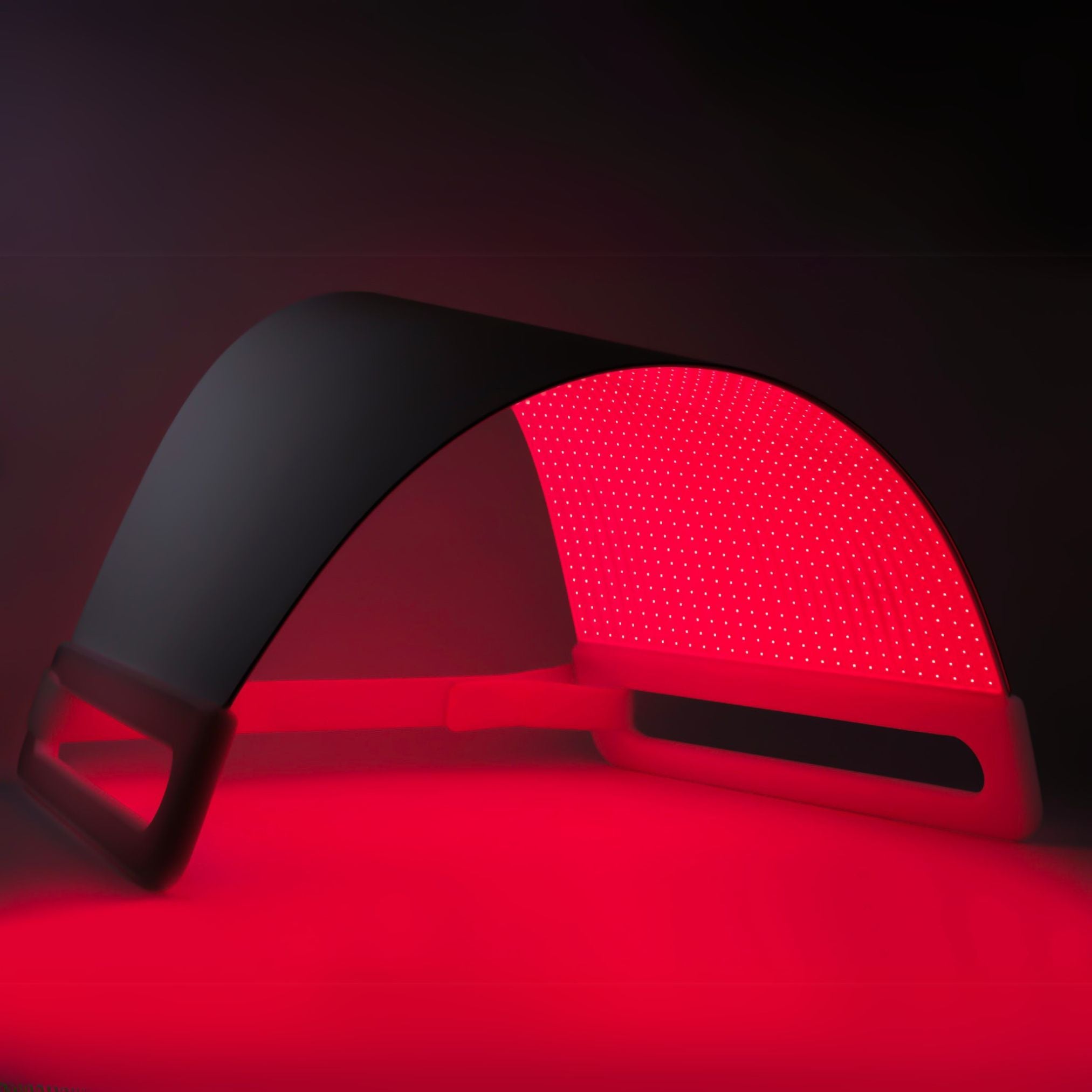
Share:
Red Light vs Blue Light Therapy: What’s Best for Your Skin?
Red Light Therapy for Acne: Does It Work?